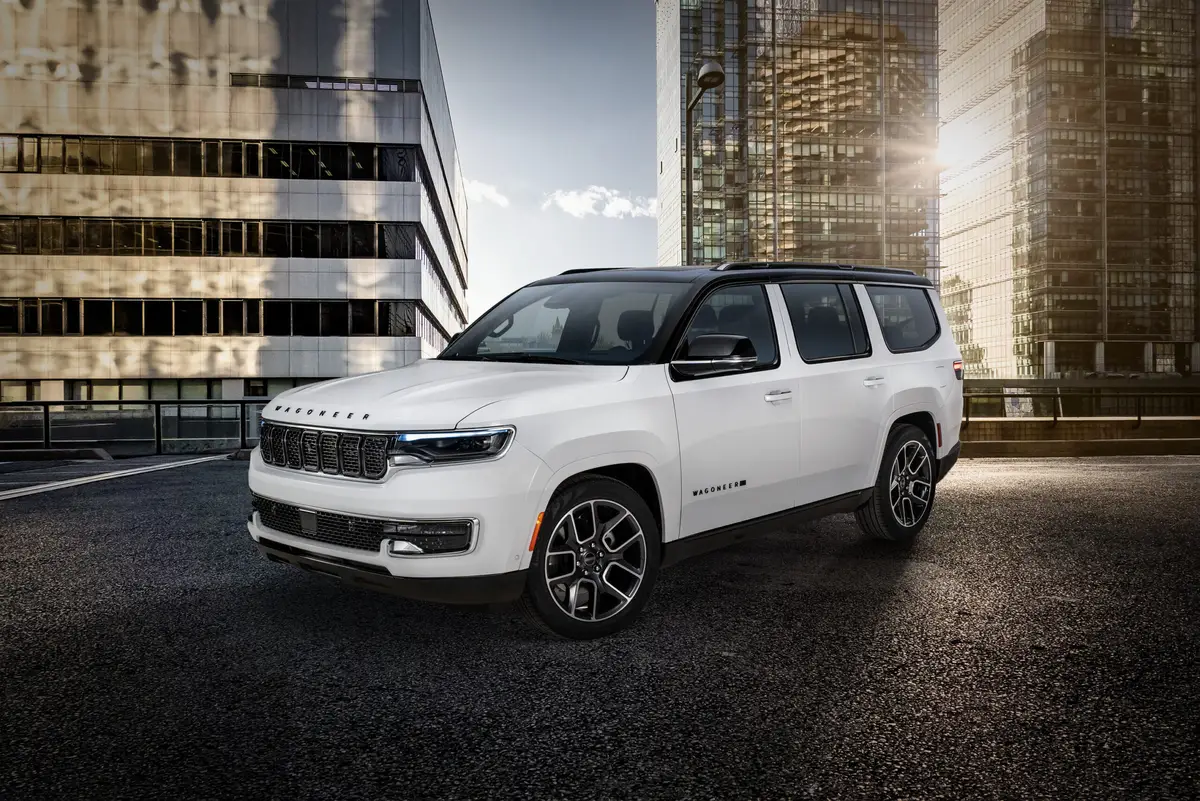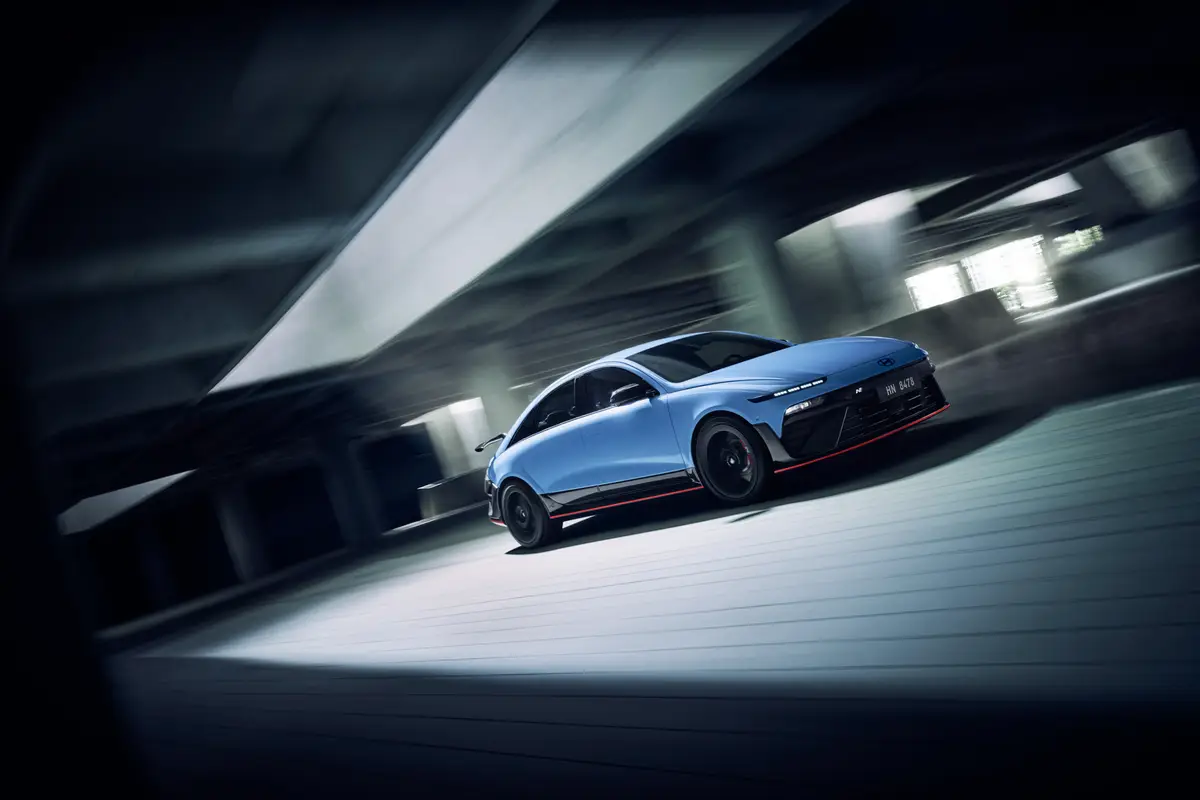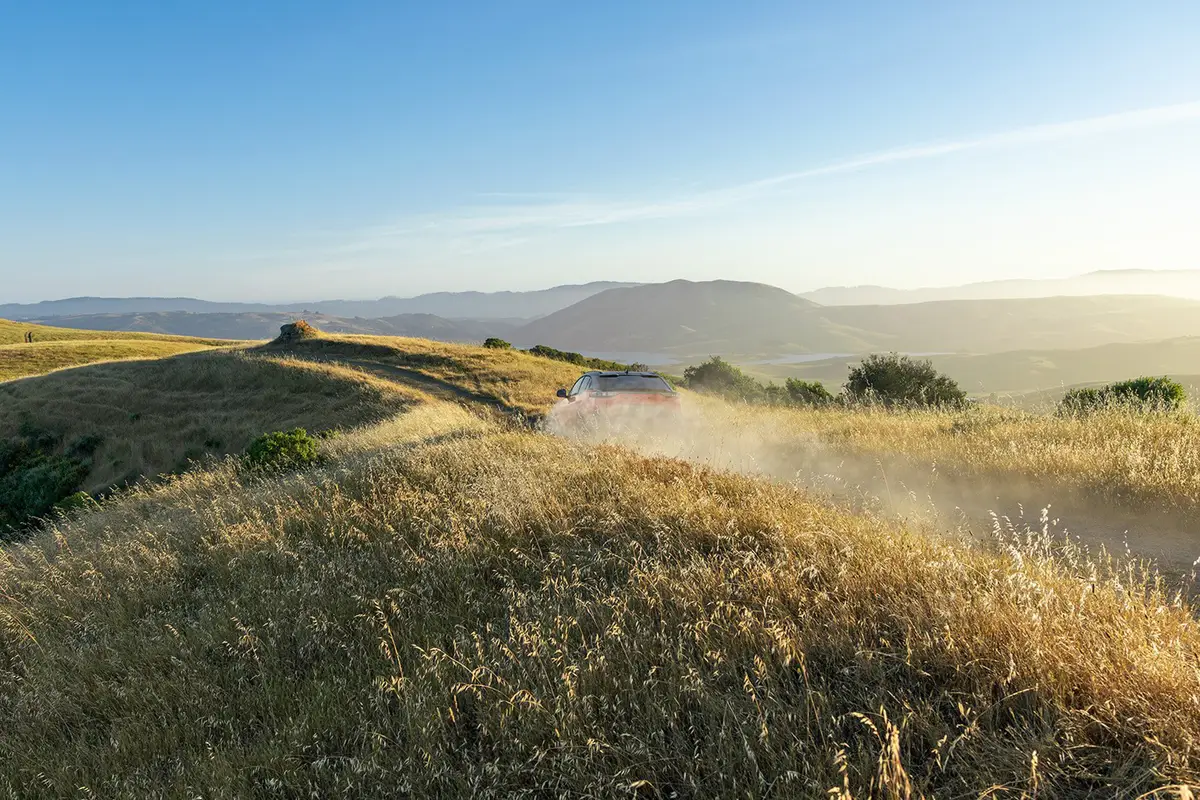chicagotribune.com's view
It seemed fitting that if this is to be Quake Day, we should test a pair of survival vehicles.
We drove the Chevy GEO Tracker and the Jeep Wrangler. Since scientists have voiced some doubt the New Madrid Fault will succumb to quake predictions, we felt confident enough to test the convertible Tracker and open-top Wrangler.
We quickly found that while we threw caution to the wind with soft-top versions, the wind threw it right back at us. Plastic and vinyl might make a good covering for a lamp, but it leaves much to be desired in a motorized vehicle vying for space on the road.
Here`s a rundown on the two.
Safety: Might as well get to the important one first. Neither the Tracker nor the Wrangler would be on our list of the top 1,000 or so vehicles we would prefer to be in when a semi pulls within reading distance of our bumper sticker on the Kennedy Expressway.
Both offer four-wheel drive, which makes greeting the first 6-inch snowfall much more tolerable than if you were behind the wheel of a Camaro or Firebird. But when the non-4WD vehicles around you start to slip and slide, you probably wouldn`t want to be on the receiving end of their blows in a small, lightweight Tracker or Wrangler.
Stability: Acceptable footing in the short-wheelbase (86.6 inches, 142.5 inches long) Tracker, but we don`t suggest high-speed turns or corners. The Wrangler is wobbly. Just a slight movement of the wheel would send us wavering from a straight line. Up and down motion was akin to driving a bucking bronco to work. If the ground starts shaking today, head for a shelter, not your nearest Wrangler.
Noise: The Tracker was reasonably quiet considering you have what amounts to a layer of plastic wrap shielding you from the road noise. With the Wrangler, the decible level is unbearable. Conversation with the wife riding shotgun was ruled out. A 15 m.p.h. wind sounded as if it were a hurricane. Windows shimmied and shaked and the plastic crackled. It was like riding with the top down when the top was up.
Roominess: The Wrangler gets the nod, with a slightly longer wheelbase (93.4 inches) and length (153 inches). Also, the rear seat ($455 option on Wrangler/standard on Tracker) is wider, and you needn`t remove loose change from pockets to fit two people in back.
Fuel economy: Base engine in the Wrangler is a 2.5-liter, 123-h.p. fuel- injected four-cylinder that claims 18 m.p.g. city/20 m.p.g. highway mileage. The Tracker is powered by a 1.6-liter, fuel-injected, 80-h.p. four- cylinder that claims 25/27 m.p.g. The Wrangler offers an optional engine, a 4-liter, 180-horsepower six. The Tracker offers no optional engine, but does offer automatic transmission, which is EPA-rated with the 1.6 liter at 23/24 m.p.g.
Spare-tire mounts: Both have the spare mounted to the rear door. With the Wrangler, you can open the door and the spare swings out with it to give you immediate access to the back end. With the Tracker, you must unfasten the rear plastic window first in order to swing open the door and its mounted spare.
Antilock brakes: Standard rear-wheel ABS on the Tracker, not offered on the Wrangler.
4WD: The Wrangler can be shifted into 4WD on the fly. The Tracker requires that you get out and lock the hubs. Both have a floor-mounted transfer case that needs to be shifted to engage all wheels.
Intangibles: Tracker windows roll down, Wrangler windows need to be unzipped-lots of fun at the toll booth. The Tracker has a hand-pull emergency brake between the front seats, the Wrangler a foot brake along the floor that is not easy to reach since it`s located far to the left.
Price: The Tracker starts at $10,885 ($11,285 for hardtop), the Wrangler at $9,890. Standard equipment on the Tracker includes power brakes, folding rear seat, carpeting, trip odometer, styled wheels, Scotchgard fabric treatment, 15-i ch wheels and dual outside mirrors. Wrangler standard equipment includes power brakes, 15-inch wheels, swing-away left-side view mirror, front carpet mat, trip odometer and clock, and tinted windshield.
1991 Jeep Renegade (05/26/91)
What`s the difference between driving a Jeep Renegade and operating a jack hammer all day long?
The Renegade is red.
Renegade is simply a dolled-up version of the Wrangler, with massive plastic bulging fenders and a cute little bodyside step to hide the ugly little machine underneath. Renegade is to Wrangler what a coat of Rustoleum is to a Scud missile.
Who would buy a Renegade? Those looking for transportation to the pro wrestling match, rattlesnake hunters, rock concert fans who sleep in line for tickets, and those with exceptional bladders.
The odd thing is that youth, or those trying to regain it, love the machine because it`s different-looking from the run-of-the-mill utility vehicles. As someone once said, it`s a shame youth, and a strong spinal column, has to be wasted on the young.
The Renegade has the same faults as the regular Wrangler despite the fancy plastic fenders and side-mount step. Getting in is a chore regardless of that step. The Renegade stands tall to accommodate the four-wheel-drive hardware and off-the-road capability. Yet the step is too high to reach without jumping. Groin pull is a no-cost Renegade option.
Once inside, the windshield wipers recline only half-way down the window, and thus obstruct your forward view. And the brake pedal is a couple inches out of plumb to the left.
Our vehicle came with automatic and four-wheel drive. Four-wheel drive? You`d take this thing off-road when a simple ride on the flat, dry road is torture? Every time we drove the Renegade, a stream of cars followed us. Our guess was that they were either chiropractors or proctologists.
The suspension is harsh whether it`s up-and-down or sideways movement. In corners and turns, there`s too much wobble and lean and sway for our liking. The big, 15-inch, all-season radials only magnify the uneasiness over the Renegade`s stability.
A 2.5-liter, 123-horsepower, 4-cylinder engine powers the regular Wrangler. A 4-liter, 180-h.p., in-line 6-cylinder is standard in the Renegade. Just what you need, 57 more horses in a bumper car.
A five-speed manual is standard, a four-speed automatic optional. Our test vehicle came with the four-speed, which provided respectable off-the-line performance, though a mileage rating of a mere 15 m.p.g. city/17 m.p.g. highway. The normal fuel tank is 15 gallons; Renegade adds a 20-gallon tank. At 15/17 m.p.g., you`ll need all 20 gallons.
The attraction of the Renegade is the rugged macho image it portrays. But you pay the price in terms of room, comfort, ride and handling to convey that special image. Perhaps a tattoo and a Chevy Geo Tracker or S uzuki Sidekick would serve you better.
Base price for a Wrangler is $12,259. Standard equipment includes shift- on-the-fly 4WD, power brakes, 15-gallon fuel tank with skid plate, front stabilizer bar, swing-away tailgate with spare-tire mount, dual swing-away side mirrors, fold and tumble rear seat, padded sports safety bar, AM-FM stereo, day/night rear view mirrors, trip odometer with clock, tinted windshield and folding soft top.
What separates a Renegade from a mere Wrangler is a $4,266 option package that includes the 4-liter, 180-h.p., 6-cylinder engine; 15-inch all-terrain tires; aluminum wheels; high-back cloth seats; off-road gas shocks; power steering; fog lamps; leather-wrapped steering wheel; special striping; carpeting and floor mats; color-keyed fender flares with full mud guards and integrated bodyside steps; front and rear “bumperettes“; center console with cupholders; interval wipers; glove box lock; and rear-window wiper/washer.
Our t st vehicle also included automatic transmission for $573, rear- window defroster for $164, upgraded AM/FM stereo with cassette for $264, sound bar speakers for $204, tilt steering for $130 and a fiberglass hardtop with tinted glass for $923. The sticker ran $18,783 plus a $485 freight charge.
For $18,783 you get bounced, bumped and generally beaten on dry, flat roads. What would happen on rugged terrain is almost unthinkable.
>> 1991 Jeep Renegade Wheelbase: 93.4 inches Length: 153 inches Engine: 4 liter; 180 h.p. six cylinder Transmission: 4-speed automatic (5 speed manual standard) Fuel economy: 15 m.p.g. city /17 m.p.g. highway (17/22 with manual) Base price: $12,259 plus $4,266 “Renegade“ package Strong point: Weak point: Everything not mentioned in strong points above. >>
Latest news



